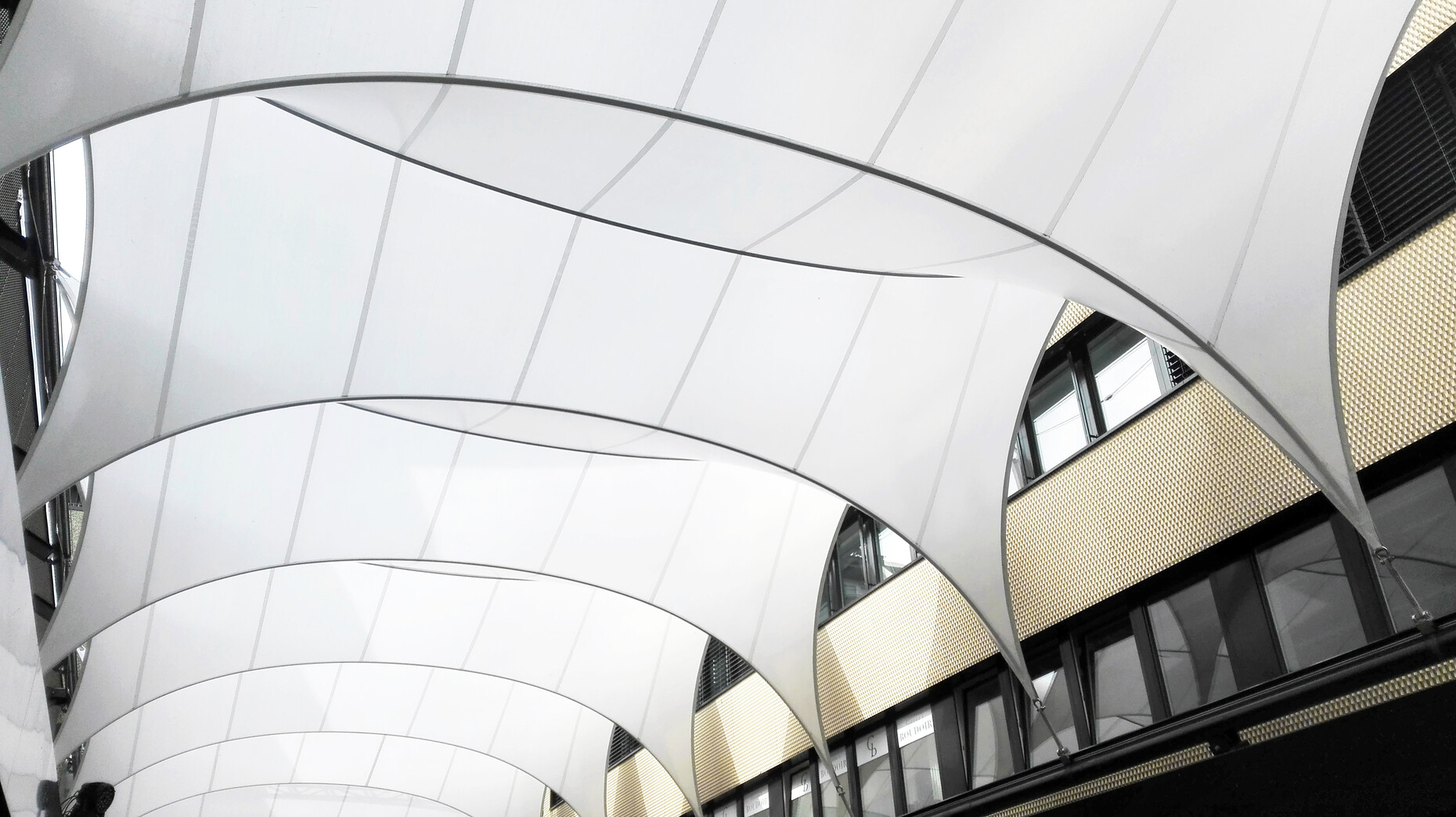The new sense of lightness
Architects are increasingly interested in building light structures and construction with textiles: So what new materials and opportunities are there? Visitors to Architect@Work in Zürich and the lecture series “A@W Lectures by Stylepark” on May 10-11, 2017 will be able to find. There will be lectures by renowned architects on the topic of “textiles in architecture” and at the Zurich Trade Fair architects, interior designers and planners will have an opportunity to find out all about new fields of applications and products in a pleasant lounge-like atmosphere.
Architect@Work Zürich
Messe Zürich,
Halls 3 and 4
Wallisellenstrasse 49
8050 Zurich
Switzerland
May 10-11, 2017
11 a.m. – 8 p.m.
Anyone registering as a visitor in advance by email to switzerland@architectatwork.com will receive an invitation code granting entrance to the trade fair free of charge. On the day entrance costs SFr. 150.
The Lounge Areas provide a range of fingerfood, sandwiches and beverages!
Stylepark is a media partner of Architect@Work.
Wednesday, May 10, 2017
1 p.m.
Textile Architecture: Light & Motion on different scales
Lars Meeß-Olsohn from Leichtbaukunst
As a specialist for textile architecture, Lars Meeß-Olsohn presents the “fifth Material” so-called as a special case that constitutes an attractive supplement to classical architecture based on concrete, steel, glass and wood.
3:30 p.m.
How and why Corporate Architecture adds value
Christoph Kellenberger from OOS
Taking various projects as examples, including the Swiss Pavilion for the Expo 2020 in Dubai – Kellenberger shows how OOS creates value added for its clients.
6 p.m.
Architecture. Textile – Textiles for All-Rounders
Joachim Stumpp from RaumProbe
Textiles are all the rage and offer any number of solutions: “smart textiles”, “refined fabrics” and “strong wovens”. Technical textiles shift the boundaries, be it as reinforcement for new types of concrete or as a modern material in the form of carbon.
Thursday, May 11, 2017
1 p.m.
"Up close to the mountain – MMMCorones"
Cornelius Schlotthauer – Studio Schlotthauer Matthiessen – architecturemade
MMM Corones is on the summit zone of the Kronplatz at 2,275 meters altitude and is an architectural and structural gem: A museum on the topic of the history, tradition and sport of mountain climbing – with many facets, a complex shape, calm and restrained in terms of external appearance. Textile concrete played a key role as the generator of the flowing building skin on the inside and outside.
3:30 p.m.
"International craftsmanship as the basis for product innovations and materials diversity"
Philipp Kuntze from World Crafts
The owner of the Qn’C agency and founder of the World Crafts organization, Philipp Kuntze, shows that international craftsmanship is more than just nostalgia and today can still spawn exciting materials and innovative products.
6 p.m.
"So where’s the floor? Ambivalence in building podia"
Beda Faessler from Beda Faessler Architect
His professional activity in Tokyo brought him face to face with the playful way Japanese architects handle hybrid, multi-story podia for buildings. In Switzerland, buildings always stand firmly with both feet on the ground. Or is that perhaps actually an illusion? Taking selected buildings, Faessler explores this topic.













